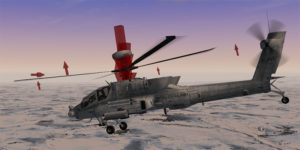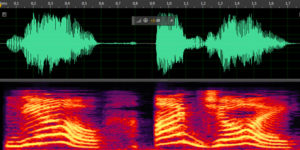Received from Craigmire [SimHQ], this is just re-upload to share.
The files helps a lot during new map creation.
EECH updates and mods
Received from Craigmire [SimHQ], this is just re-upload to share.
The files helps a lot during new map creation.
Texture pack for Rapota’s AH64, AGM114F Interim Hellfire textures/GWUT, TADS and camo for infantry/pilots included.

Hello everyone it’s been a long time sorry
I made a lot of things and took a rest.
I put together all my production models and texture files this time.
I decided to upload it as the 2019 edition.
It may not work even if you install it,
It is recommended that you copy and install the whole machine folder.
Please let me know if there is a problem with installation.
I would like to correspond as much as possible.

Here’s brand new map for EECH
Like I described before – it’s located at Polish / Slovakian border.
Installation on fresh installed 1.16.1
1. SET IN EECH.INI CBAR=2500 !
2. DELETE 1 file -> graphics/textures/general/diffuse.tga



Author: Alex Cabel
Genre: electronic techno

Source: Aero Elite: Combat Academy (PS2 game)
Genre: instrumental rock
The 3D data exporter allows to export all of existing EECH 3D data and textures into set of LWO, LWS and TGA files.
After executables will be extracted into \COHOKUM\3DDATA directory, run EE_EXP.EXE.
The directory _OBJECTS (mind the underscore) will be created along with all the 3D data.
Textures will be placed in C:\TEXTURES directory (where C is the drive where the game is installed). Some textures has several mipmap levels. Each mipmap level is two times (linearly) less than the previous. For example:
| The biggest texture (64×64 pixels). LWO files refer to it. Zeroth mipmap level. |
| The first (after zeroth) mipmap level (32×32 pixels) |
| The second level (16×16) |
| The third (8×8) |
| The fourth (4×4) |
| The smallest one (only 2×2 pixels) |
Windows Explorer is not a good tool for browsing in 10837 textures, 9442 objects and 2761 scenes. Try something different, like Far.
Warning! Extracting takes relatively much time (about 5-10 minutes). Be patient!
Created objects and scenes are not 100% accurate. About 98% of information is used.
The following problems (unused information) are known:
On exporting a log file eeexplog.txt will be created. That file holds details of these problems.
For details and suggestions please address to developers mail list.
It is possible to modify existing objects and use them back in Enemy Engaged. It is also possible to import completely new objects (via scenes import, below).
For every object you need to know its name. Every LWO file created by the exporter starts with a 4 digit hexadecimal number. This number is the unique name of the object. You need to place a file with this name and EEO extension into \COHOKUM\3DDATA\OBJECTS directory (note: no underscore). The existing object will be replaced with the provided one. (For complete scenes import, it is lightly different.)
The only thing left is to create EEO files. You need a LWO EEO converter for this purpose. The depicted converter is a command-line utility. The name of the program file must be LWO2EEO.EXE. You need to run it as LWO2EEO file_in.LWO file_out.EEO.
The converter has many limitations. If the converter reports something, it means there is a misunderstanding between the converter and LWO file. Send a message to the developers mail list with the file attached to help solving converter issues.
limitations:
This converter is valid only for EECH v1.10+.
It is possible to replace existing scenes and add completely new ones.
To replace the scene it is required to create separate directory inside \COHOKUM\3DDATA\OBJECTS directory (note: no underscore) and put EES and, optionally, EEO files there. EES file must have the name of the scene. Names of original scenes are available using exporter. Every LWS file created by the exporter starts with a 4 digit hexadecimal number, and the name of the scene is everything, goes after the first underscore (for example, file 0001_AH64D_APACHE_LONGBOW.LWS describes scene named AH64D_APACHE_LONGBOW and file AH64D_APACHE_LONGBOW.EES should be used to modify this scene).
Scene describes composition of object, thus objects’ file names are found inside. Those files are divided in two parts:
\COHOKUM\3DDATA\OBJECTS directory, otherwise original objects will be used\COHOKUM\3DDATA\OBJECTS directory)The only thing left is to create EES files. You need a LWS EES converter for this purpose. The depicted converter is a command-line utility. The name of the program file must be LWS2EES.EXE. You need to run it as LWS2EES file_in.LWS file_out.EES.
The converter has many limitations. If the converter reports something, it means there is a misunderstanding between the converter and LWS file. Send a message to the developers mail list with the file attached to help solving converter issues.